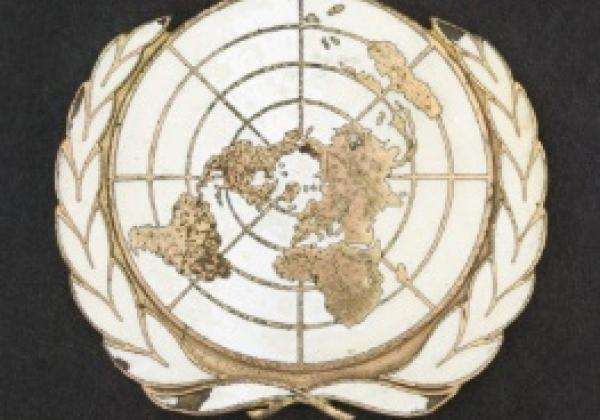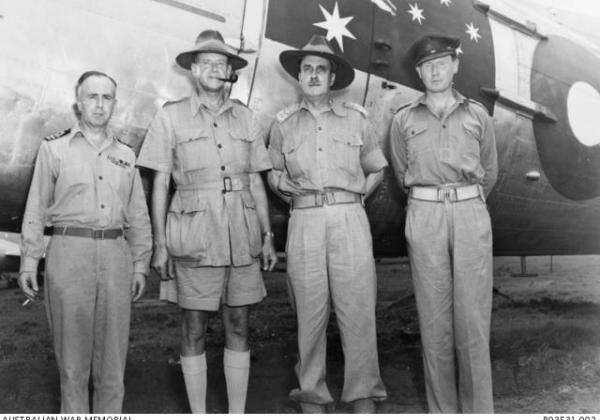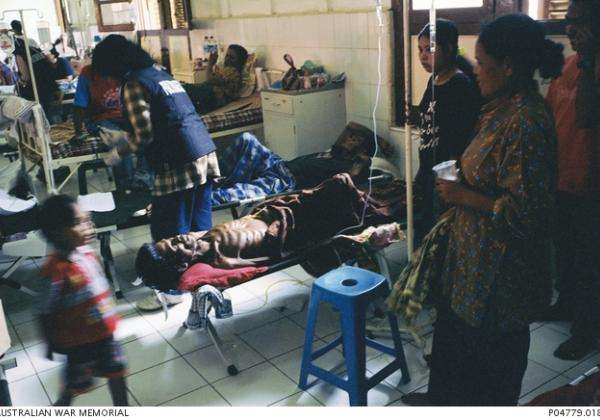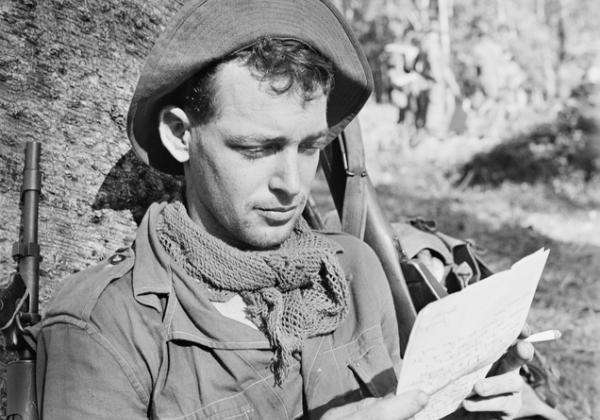Australian service in Indonesia after the Second World War
Introduction
This digital resource explores the work of the Australian Defence Force in Indonesia from 1947 to 2005. Modules cover areas including peacekeeping and the United Nations, the Indonesian Confrontation, East Timor, and humanitarian aid.
This resource is designed for students in years 10 to 12.
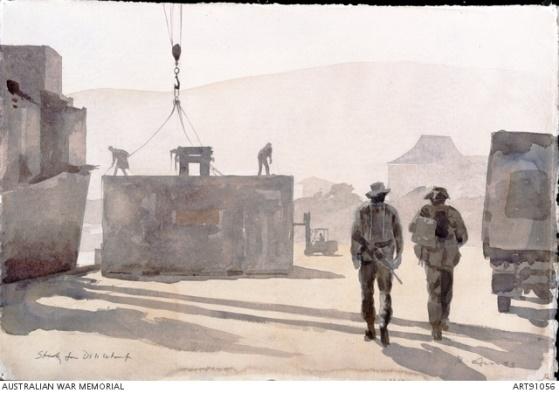
Rick Amor, Study for "Dili wharf" (1999, watercolour, pencil on paper, 38.3 x 57 cm. AWM ART91056)
Links to the curriculum
After working through the modules, students will have:
- explored four moments in history when Australians have served in Indonesia
- analysed and evaluated sources that explore multiple perspectives of conflict, peacekeeping, and humanitarian operations
- developed an understanding about the origin of the United Nations (UN), and the roles of peacekeepers.
Knowledge
Students will investigate efforts to achieve lasting peace and security that occurred after the Second World War, including Australia's involvement in UN peacekeeping. They will explore rights and freedoms with a focus on colonisation, the aspirations of those living under colonial rule, ideas and key groups that have influenced decolonisation, and the struggle for independence of former colonies.
Specific connections to Indonesia include the Japanese occupation of Indonesia and its effects, the declaration of independence and its aftermath, and Dutch attempts to re-establish control. Students will also explore the invasion of East Timor (Timor Leste) and the subsequent peacekeeping operations.
Skills
Students will be exposed to various primary and secondary sources, and will be encouraged to evaluate the origin, purpose, usefulness, evidence, and perspectives of the materials.
The use of chronological sequencing to demonstrate relationships between events in different periods and places will be developed. Links between events will be discussed to understand the nature and significance of causation, change, and continuity over time.
Students will be encouraged to identify and analyse different perspectives to assist with historical arguments and interpretations, and there will be opportunities to use historical terms and concepts.
Links to specific curriculum outcomes can be viewed here.
How to use this resource
Teachers are encouraged to pick and choose which modules to explore based on their curriculum needs. The modules can be explored as a class, in small groups, or individually. Within each module, students will find content and source material, in addition to suggested activities and questions.
Teachers might also like to borrow a Memorial box exploring some of Australia's wartime and peacekeeping operations since 1946. For more information visit https://www.awm.gov.au/learn/memorial-boxes
Disclaimer
This resource may include historically and culturally sensitive images and moving images, sound recordings, words, terms or descriptions; such material does not reflect the Memorial's viewpoint but rather the social attitudes and circumstances of the period or place in which it was created.
Some of the images in the Memorial's collection depict the consequences of warfare, including human suffering or death, which some people may find disturbing.
Links to other websites are inserted for convenience and do not constitute endorsement of material at those sites, or any associated organisation, product or service.
